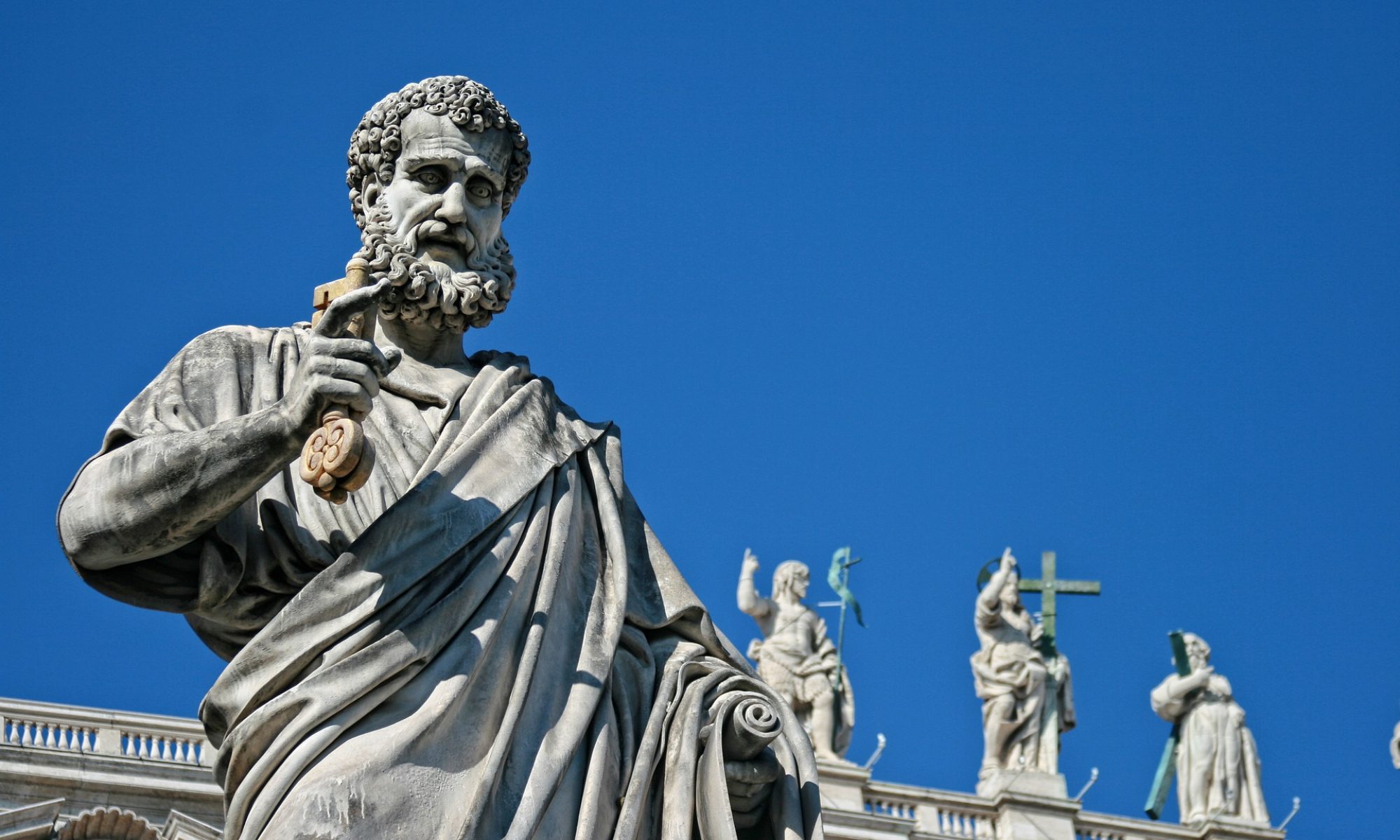Sexuality is not an easy topic for any religious institution. In these matters, who is without sin, let him cast the first stone. Moralizing on others’ failures and nurturing superiority attitudes are not the right approach in addressing the problem. In this field our evangelical grass is not greener than others’. This past year, however, has been an annus horribilis (i.e. horrible year) for the RC Church as far as sex is concerned.
The RC Church has a serious problem with sexuality.
- It places the highest standards on its own clergy, i.e. mandatory celibacy, yet it is estimated that one third of RC clergy have a sexually active life. If you expect your own representatives to adhere to certain standards of sexual behavior, you are more easily subject to public scrutiny if your inner circle fails to comply.
- The RC’s moral vision entails the sacredness of a monogamous, heterosexual marriage and the condemnation of other sexual orientations. If you are vocal in telling people what is permissible and “right” regarding sexual practices, and what is “wrong” concerning abuses, then your own inconsistencies appear to be more heinous.
- Records of abuses and scandals within the RC Church have recently been spotted worldwide after decades of denial and self-protection. We live in a world that no longer keeps secrets, and society at large is now entitled to ask serious questions about the whole matter.
- The problem is at all levels: recruiting young people, training seminarians, supervising the sexual life of religious people, facing failures, promoting a transparent culture, etc. The credibility of the entire system is at stake.
Last week the Vatican Congregation for Sacred Doctrine issued certain guidelines to the RC bishops in order to address the issue. For the Vatican, sexuality is not primarily a pastoral matter, but a doctrinal one and the institution charged to address it is the same that presides over doctrinal purity. The thrust of the guidelines asks local bishops to be more vigilant and collaborative, therefore implying that little vigilance and little collaboration have too often been the practice in the past.
Is mandatory celibacy biblical?
The problem is huge and complex. Yet, for Bible-believing people, the first and decisive question is simple: does the Bible teach or require celibacy to ministers of the church? The answer is as simple as the question: No. While considering celibacy a calling as worthy as marriage (e.g. 1 Corinthians 7), the Bible normally expects that elders, bishops and deacons be married (e.g. 1 Timothy 3:2-5; Titus 1:6). The RC tradition of mandatory celibacy stems from a dualistic and hierarchical distinction between a “higher” religious calling and a “lower” secular one. It is also a means to “control” the clergy and to safeguard the patrimonial heritage of the church from being dispersed.
There is no argument in favor of mandatory celibacy that is biblically conclusive. Therefore it should be open for change. The Bible seems to expect that most ministers be married and that few be single. Will the Bible be allowed to have the final word, which is also a better word than the RC traditional settlement? Will the “Biblical renewal,” that according to some observers is taking place within the RC Church, be allowed to modify this long-standing tradition? No sign in this direction can be seen for now. Both John Paul II and Benedict XVI have actually reinforced mandatory celibacy, making it even more difficult to change.
Is full transparency desirable?
Public opinion has also been struck by the self-complacent attitude that some RC bishops around the world have shown in dealing with abuses. Instead of denouncing and stopping them, there has been a general tendency to cover them up. The interests of the Church seemed to be greater than the suffering of the victims. The protection of the church was often preferred to the protection of the abused children. In a complex organization like the RC Church, failures are to be expected, but the impression is that the problem lied in the “chain of command” rather than in sporadic cases. There is a widespread code of conduct that puts the church first, above truth and above reality, as if the primary concern is to seek what the church can gain no matter the cost.
Historically, the RC Church has been attacked by ideological and political forces and has developed a self-protective attitude, like most historical institutions have done. At the same time, it has built a high dogmatic view of itself, claiming to be the societas perfecta (i.e. the perfect society), or the indefectible Church, i.e. the Church that cannot err. It can judge others but cannot be judged by others. It can denounce the sin of the world, but the world is not allowed to denounce its sins. The sexual scandals and abuses show that it is time to become more humble and accountable, less reticent and self-complacent. If self-protection becomes absolute, then it becomes an idol. We are all, however, in danger of elevating our institutions to a place of idolatrous worship, i.e. ecclesiolatry, the worship of the church as an institution.
“Sex and the Vatican” is much more than mere gossip, and it’s more than a justice and moral issue. It is an opportunity for repentance, Biblical reformation, and public transparency. We all need that.
Leonardo De Chirico
leonardo.dechirico@ifeditalia.org
Rome, 30th May 2011

